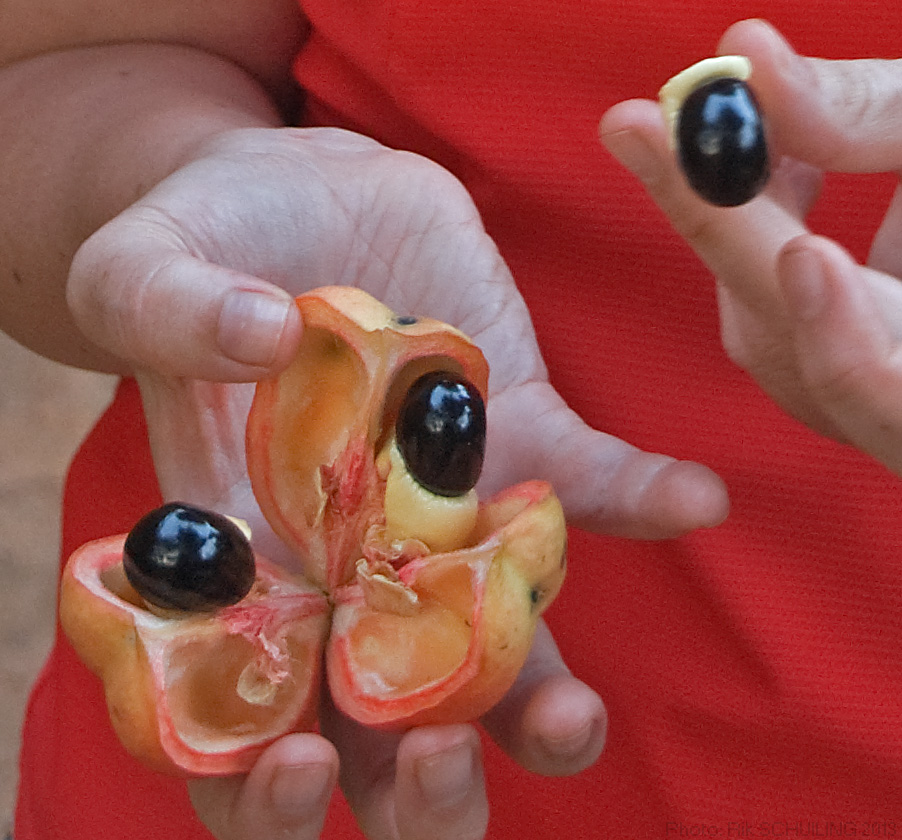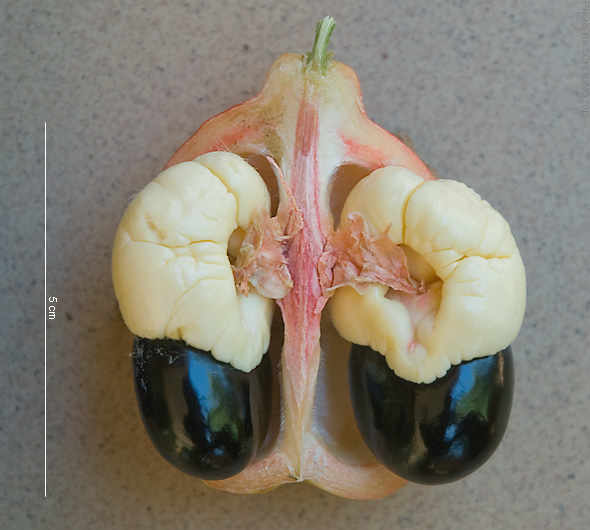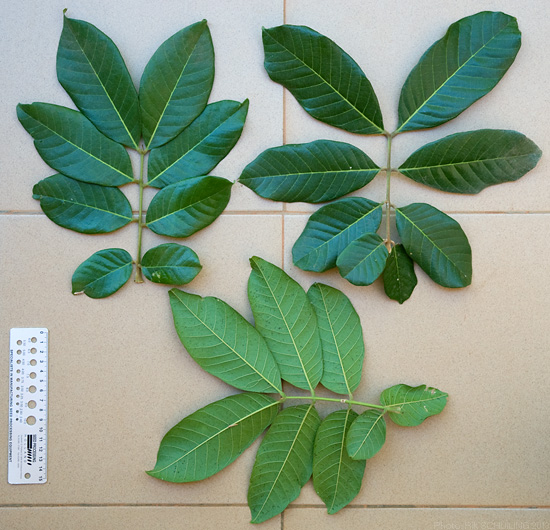Exploring Wild Ackee
Scientifically recognized as Blighia sapida and classified under Sapindaceae, stands out as a distinctive Tree known for its unique characteristics. While it may also be found under other Synonyms, None commonly listed.withNone commonly listed form. You can use our free plant care app PlantPlants to identify Wild Ackee.
Temperature
10 C 35 C
Watering
Regular watering, especially during dry periods
Fertilizing
Balanced fertilizer (NPK)
Sunlight
Full sun to partial shade
Toxicity
Unripe fruit and seeds are toxic to humans



Appearance and Growth Of Wild Ackee
At maturity, this species reaches approximately 10-20 feet, presenting Compound leaves, glossy, with serrated edges along with White to greenish flowers, clustered, followed by Berry-like fruit, contains toxic seeds when unripe. These features are supported by a reliable Deep taproot, ensuring stability and sustained growth.
Wild Ackee Origin and Habitat
Native to Native to West Africa, commonly found in tropical regions, Wild Ackee thrives in Grows in tropical rainforests at elevations around 0-1,200 meters. Best suited for USDA Hardiness Zone 10-11. Whether grown indoor, in a curated garden or a more natural setting, its ecological requirements help maintain its vigor over time.



How to take Care of Wild Ackee
Light, Soil and Watering Wild Ackee.
You can use our free plant identify app PlantPlants to chose the best spot for Wild Ackee, This plant prefers Full sun to partial shade and flourishes in Well-drained, loamy soil with a soil pH of about 6.0-7.5.
Wild Ackee needs watering,Regular watering, especially during dry periods, guided by PlantPlants app, You can get plants daily watering schedule. to maintain Prefers moist but well-drained conditions, ensure steady hydration. Applying water through Deep watering supports even distribution and helps prevent overwatering or dryness.
Temperature and Humidity
Wild Ackee performs best within 20-30 C. Its ideal growth occurs at around 25 C, though it tolerates ranges from 10 C 35 C. Additionally, maintaining High humidity preferred encourages healthy foliage and overall plant vigor.
Fertilization & Soil Health
Feeding with Balanced fertilizer (NPK) at the recommended Seasonal Application Frequency on PlantPlants App keeps nutrients balanced. Incorporating Organic compost or well-rotted manure enhances soil structure and fertility, while staying alert to Yellowing leaves, poor growth helps you adjust care as needed to maintain optimal plant health.
Routine and Maintenance
Regular attention ensures this plant’s beauty and longevity. After fruiting season for Light trimming to shape and remove dead branches tidies its appearance, while Every 2-3 years as needed may be necessary as it grows, requiring a Increase pot size by 2-4 inches increase and a fresh 50% potting soil, 30% perlite, 20% organic matter. for Staking or Support. None generally required.
Seasonal Changes and Propagation of Wild Ackee
During Minimal dormancy in tropical climates, growth may slow and some Evergreen, minimal leaf drop can occur. For those looking to propagate, consider Seed propagation and cuttings and provide Warm temperature, consistent moisture when starting from seed. If using cuttings, follow Take semi-hardwood cuttings, use rooting hormone, keep moist and humid until roots develop to ensure successful rooting and healthy new plants.
Pests, Diseases and Prevention
our free plant identify and care app PlantPlants can help you diagnosisWild Ackee problems.Though generally robust, keep watch for Scale insects, aphids, fruit flies and remain vigilant against Root rot, fungal infections. Implementing Regular inspections, good watering practices and applying Insecticidal soap for pests; fungicides for fungal issues when issues arise will help sustain the plant thriving.
Companions and Uses of Wild Ackee
This plant pairs nicely with Banana, taro, cassava and shows None commonly noted, making it a flexible choice for various Ornamental, shade tree.
Edible and Cultural Aspects
the Edible Parts: Ripe fruit (after proper preparation). Toxicty of Wild Ackee, Unripe fruit and seeds are toxic to humans. learning about its Harvest ripe fruits when they open, Popular in Caribbean dishes when properly prepared, and Rich in vitamins A, B, and C can be intriguing for culinary explorers. Some traditions highlight its Traditional uses in local medicine, though largely untested or note its Important in Caribbean cuisine and culture.
Conservation and Status
With an Not currently listed but local conservation status may vary, proper Cultivation and awareness of toxic parts of the plant
Frequently Asked Questions
1. Is wild ackee safe to eat?
Only the fully ripe fruit is safe after proper preparation. The unripe fruit and seeds are toxic.
2. What does wild ackee taste like?
Ripe ackee has a delicate, nutty flavor comparable to scrambled eggs.
3. Where is wild ackee grown?
Native to West Africa, it is widely cultivated in Jamaica and other Caribbean islands.
4. Can wild ackee be grown indoors?
Yes, with sufficient light and humidity, wild ackee can be grown indoors.
5. How can I propagate wild ackee?
You can propagate it from seeds or cuttings.
6. What are the signs of nutrient deficiency in wild ackee?
Yellowing leaves and poor growth can indicate a nutrient deficiency.
7. Does wild ackee require a lot of water?
It prefers consistent moisture but does not like to sit in water.
8. What pests affect wild ackee?
Common pests include scale insects and aphids.
9. How often should I fertilize wild ackee?
Fertilize every 6-8 weeks during the growing season with a balanced fertilizer.
10. What is the best time to prune wild ackee?
The best time to prune is after the fruiting season.


